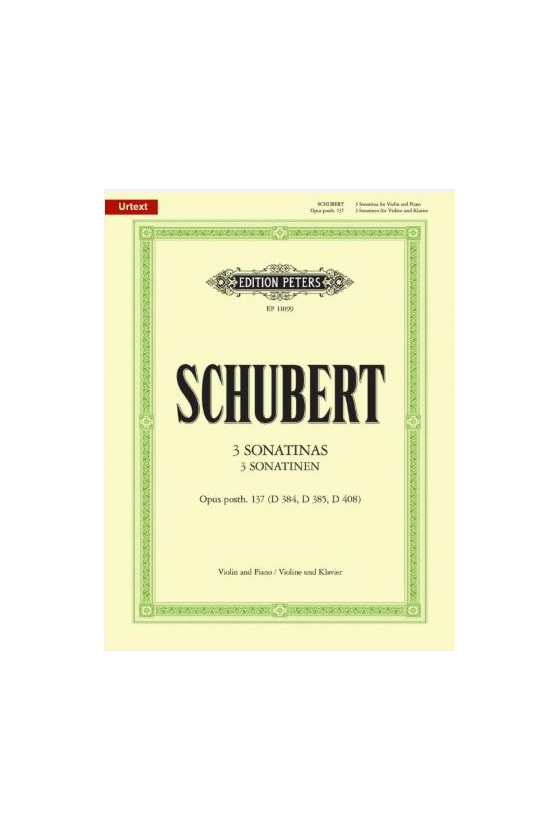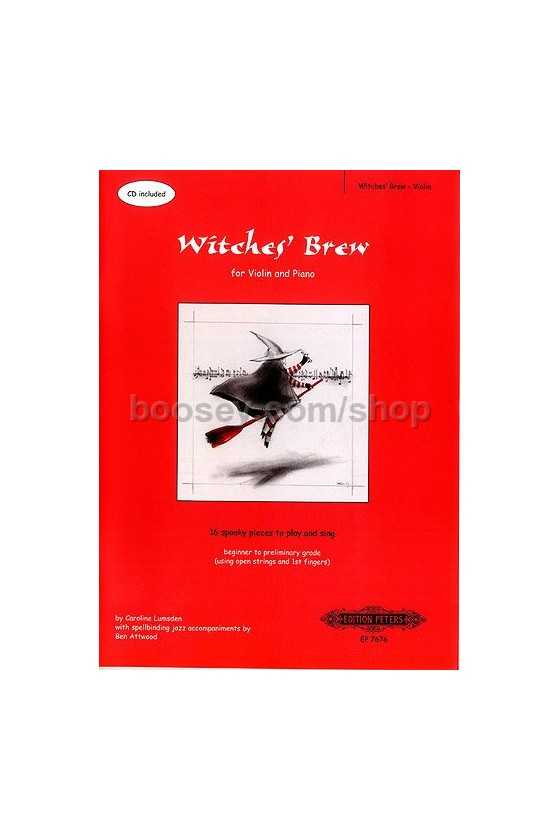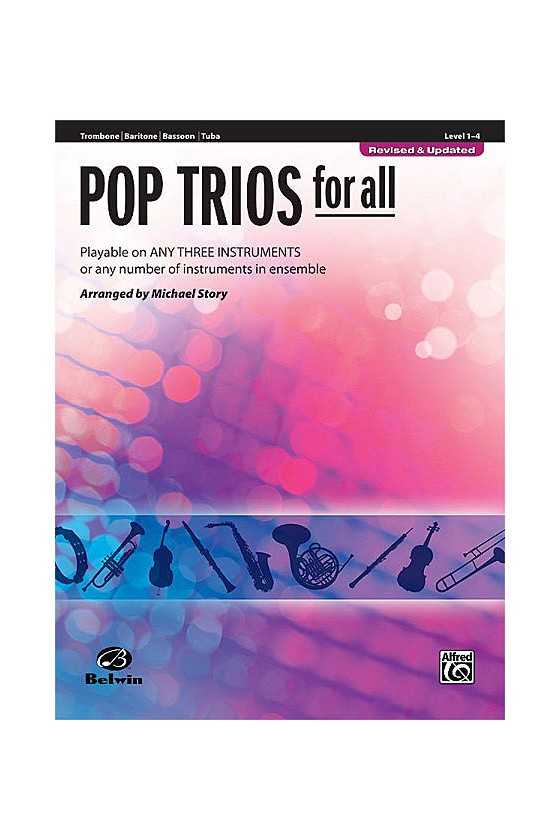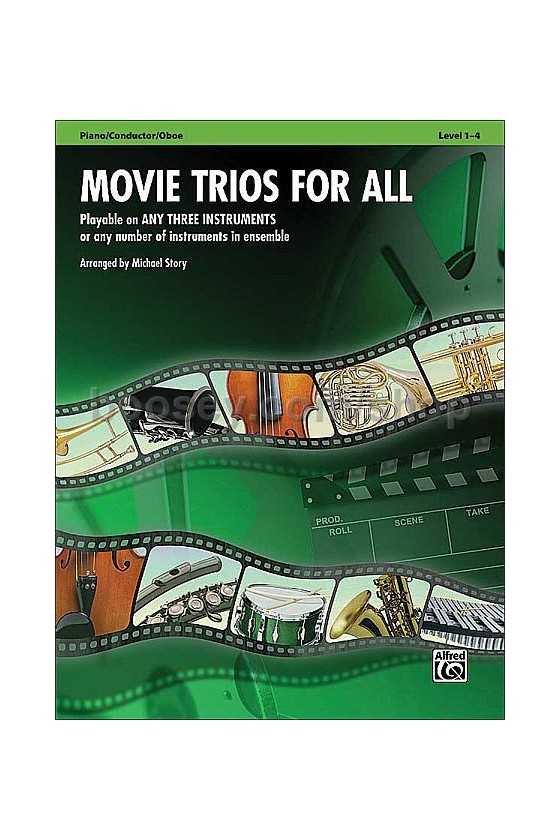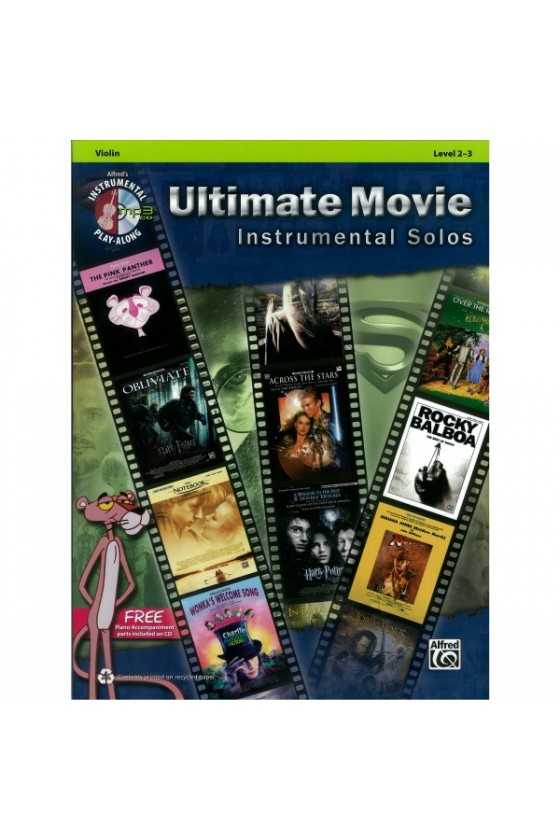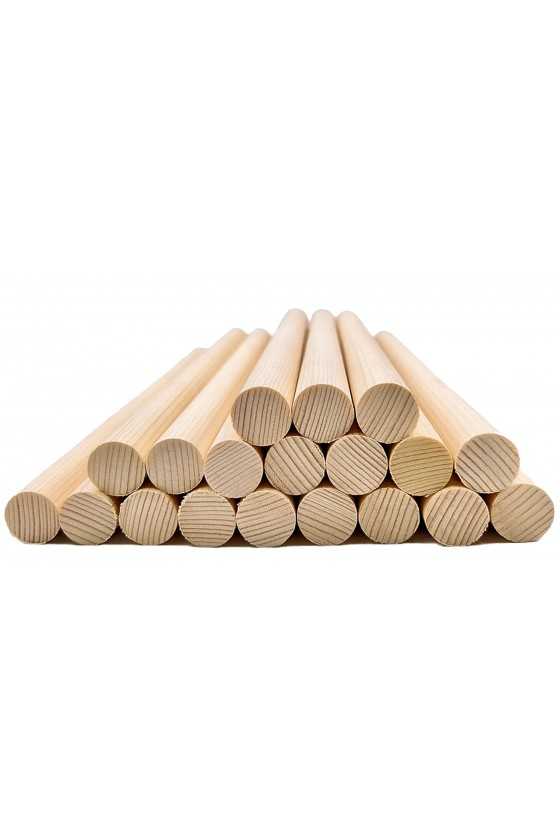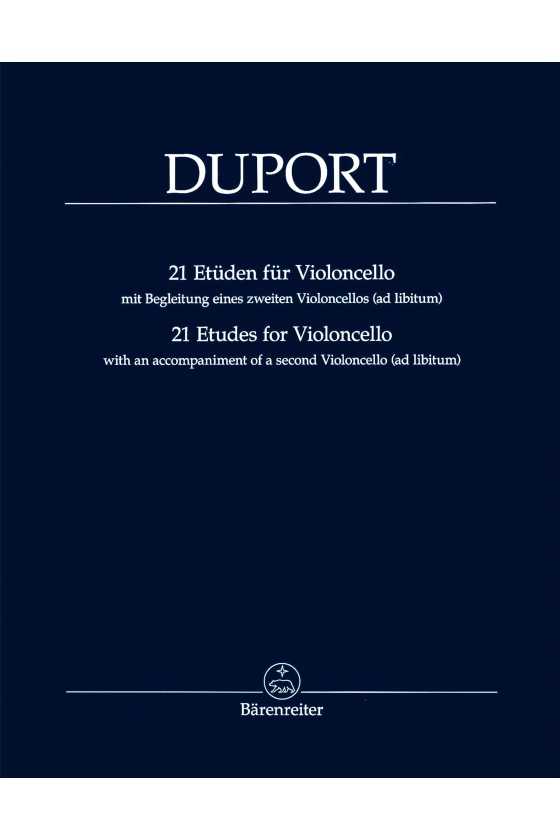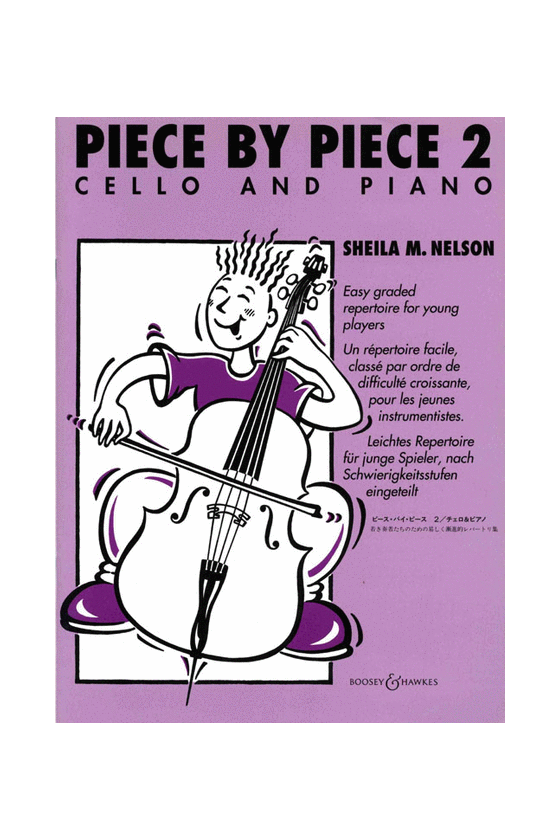Brahms, Sonata in A major Op 100 Violin/Piano (Barenreiter)
Brahms, Sonata in A major Op 100 Violin/Piano (Barenreiter)
Witches' Brew for Violin and Piano
Story, Pop Trios for All
Story, Movie Trios for All
Viola Sound Post- Raw Material (unfitted) - 6.5 mm diameter
Soundposts are made from air-dried Spruce wood from the Alpine slopes. Each post is handmade and undergoes multiple processes for a high-quality finish.
The sound post in a bowed instrument has two functions: structural and acoustic. It's part of a harmonic design that produces pleasant overtones. Violin makers make the post themselves or buy it from suppliers. After positioning and stringing the instrument, minor adjustments are made using the ear. The sound post is crucial for sound quality. Animato Strings adjusts it perfectly. Contact us for any doubts.
Biber, Passacaglia for Solo Violin (PWM edt.)
Duport, 21 etudes for cello (with optional 2nd cello accompaniment)
This volume's musical text and articulation are based on the 1806 first edition of Janet et Cotelle of Paris. We've modernized fingerings and bowings to reflect cello playing today. The new edition is free from many elements added by various editors over the last 200 years, restores the etudes' original order, and includes the 2nd cello in a separate score. A brochure with comments on the etudes and references to their usage in standard cello literature, similar to the popular Popper Etudes, is also included.
• Fold-out pages for easy reading
• Ad libitum cello part included for improvisation
• Fingerings and bowings designed for modern cellists
• German/English brochure with playing tips and references to cello literature
Nelson, Piece by Piece 2 for Cello and piano
Piazzolla, Tango Etudes for Violin
Pieces de Concours Volume 2 for Viola/Piano
The second and third volumes of the popular Pièces des concours series, featuring music from the scarce Romantic viola literature, have been released. The first volume was performed in final examinations at the Conservatoire de Paris between 1897 and 1969. The new publication is based on the first edition and has been made easier to play by adding modern fingerings and standard bowing instructions. This means that the pieces can now be played without prior practice.

